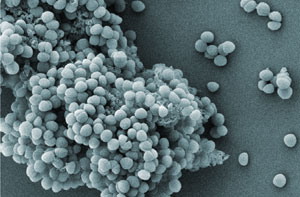As I worked through the article, I started to notice that it seemed like the information would be better conveyed in the form of a lecture. It does not seem like that was how Klee intended the piece to be presented, but his syntax is very dynamic. I think that sometimes words are not always best understood on a page, but that may be because of my extensive involvement in performing arts.
I think that part of the reason that it was so difficult for me to read was because it worked so hard to define and explain elements of art. It seemed like from our last blog posts that many of my classmates, myself included, struggled with defining art. Obviously, we do not have as much background and experience as Paul Klee, nor did we put as much time into formulating our definitions, but I came to the conclusion that we can never fully understand and define art. I felt that Klee was really striving to give a comprehensive definition of art in his introduction to the basics. His examples and comparisons did not make sense to me. I could tell that he was trying to compare something to sperm, but it was unclear to me, and I do not think that it was the best comparison to be drawn in any situation.
I felt that his introduction really took away from the point
that he was trying to make explaining dots, lines, and planes. I could kind of see the big picture, but the
finer details of the explanation were lost in complex language.
Another reason I did not like the article is because I strongly disagreed with Klee's point that chaos in art is primitive. The fact that he compared it to a child's scribbles made me feel personally offended. In my own art, I think chaos plays a part in the pieces.
Another reason I did not like the article is because I strongly disagreed with Klee's point that chaos in art is primitive. The fact that he compared it to a child's scribbles made me feel personally offended. In my own art, I think chaos plays a part in the pieces.
This is a sketchbook assignment I did in high school. I made a lot of very deliberate, conscious choices in creating it. My lines were drawn "governed by the laws" that Klee mentions. The shapes are dynamic with diagonal tensions, as he described, and there is interpenetration between the planes in some places. The place where chaos came into play was the color. I chose the colors, but where they went was random. I
splattered them onto the page, looking away to avoid getting paint in my
eyes. The fact that I was not making a
choices as to where the color fell should not remove the fact that it is art. An element of chaos should not make a piece
childish or not real art. I did not like
Klee’s explanations at all, and I do not think they were able to effectively
help me get a better understanding at the basic elements of art.

